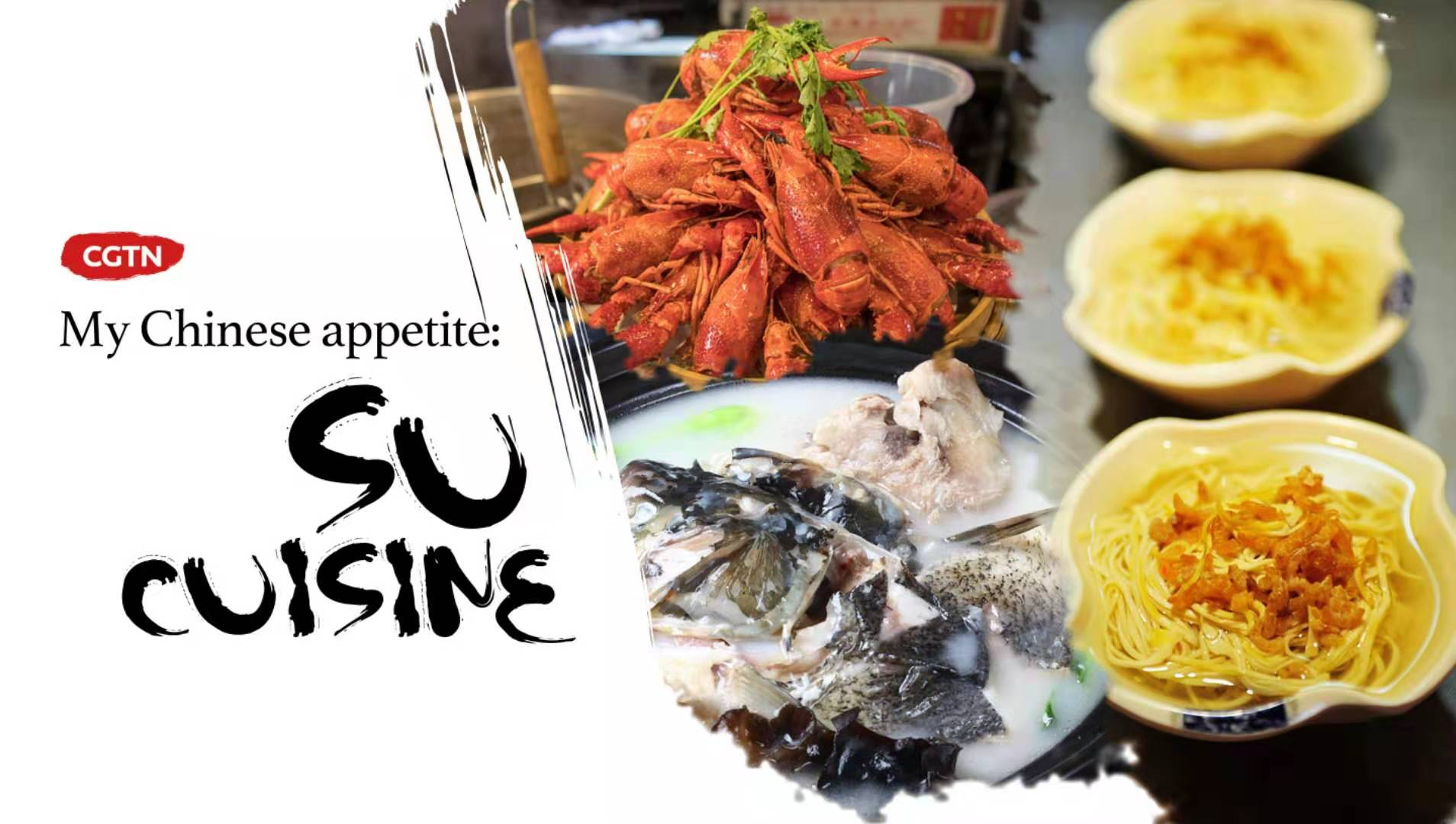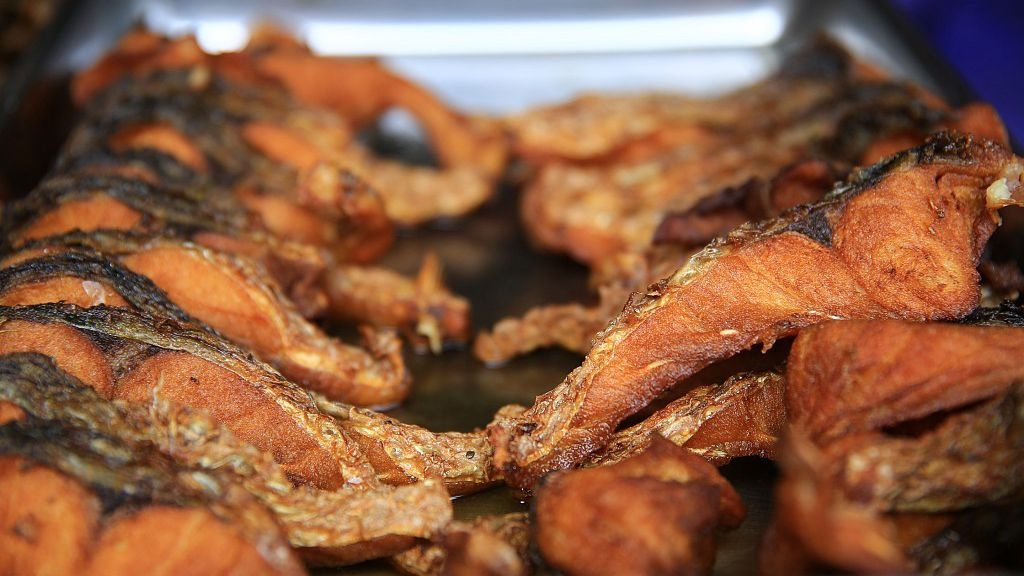

China's "Eight Cuisines"
China has had a long culinary history. In the Shang and Zhou Dynasties (1600-221 B.C.), Chinese cuisine was well developed in terms of cooking methods and dishes taken as part of culture.
Four of the "Eight Cuisines" were publicly recognized as the most mature cooking styles in the early Qing Dynasty (1644-1911), which can be found in recorded Chinese history in a book “Qing Bai Lei Chao.” They consist of the Lu cuisine, which originated from today's Shandong Province; the Yue cuisine, also known as the Cantonese cuisine, originated from Guangdong Province; Chuan cuisine, nurtured by its birthplace in Sichuan Province; and Su cuisine, from today's eastern coastal province of Jiangsu.
In culinary culture, one can easily find the wisdom and tastes of people who have unlocked the challenges of the unpleasant side of local weather, and the technique of making good use of local ingredients for cooking. The tastes have gone on to make further impact, some even shaping the personalities of the people who invented them.
CGTN presents you with their signature dishes and cooking methods, should your taste buds and stomach start to whisper, “My appetite feels a little Chinese today.”
Su Cuisine
Located in eastern China, Jiangsu Province is a place famous for its water, be it the fish, the boats, and a culture of tenderness which feels like the result of the constant drizzle – the weather condition mostly associated with the area.
The signature flavor of Jiangsu Cuisine, in general, is light, with a slight sweetness. Fish is one of the main ingredients used by local chefs and they are mostly bred in freshwater environments, such as lakes or ponds.

Dazhu Gansi /VCG Photo
Dazhu Gansi is a specialty dish of the Huaiyang school of Su Cuisine. Chefs slice dried tofu into matchsticks and serve it with chicken stock. Other ingredients are added as shown in the picture, such as sliced ham or sea cucumber. The challenge to chefs is to conduct exquisite knife-work of high precision, just like surgeons. An anecdote has it that the dish was created to serve Emperor Qianlong of the Qing Dynasty while he was traveling to Yangzhou City.

Fried grass carp /VCG Photo
Bao Yu is a staple that will show up on the dinner table of thousands of households in Changzhou City, Jiangsu Province. To local people, this is the flavor of home. "Bao" means fry and "yu" means fish, thus meaning fried grass carp. The secret to the freshness of the meat is maintaining an oil temperature of about 180 to 200 degrees Celsius. Any lower and the fish would have to stay a few seconds longer in the boiling oil, thus becoming greasy.

Fish head en Casserole /VCG Photo
The name of this dish is Sha Guo Yu Tou, as "Sha Guo" means casserole, and "Yu Tou" means the head part of a fish. More specifically, it is called Tian Mu Hu Sha Guo Yu Tou. "Hu" means lake, and "tianmu" is its name. The lake is located in Liyang County, south of Changzhou City in Jiangsu, and is famous for producing the fish used to cook this dish, hence the name. The flavor of the silver carp or bighead carp used in this casserole is maintained as chef try their best to keep the recipe as naturally flavored as possible. The fish is simmered and cooked for three hours with basic ingredients. What's unique is that it's the "lightest" possible meal in the whole cuisine.

Copyright © 2018 CGTN. Beijing ICP prepared NO.16065310-3
Copyright © 2018 CGTN. Beijing ICP prepared NO.16065310-3